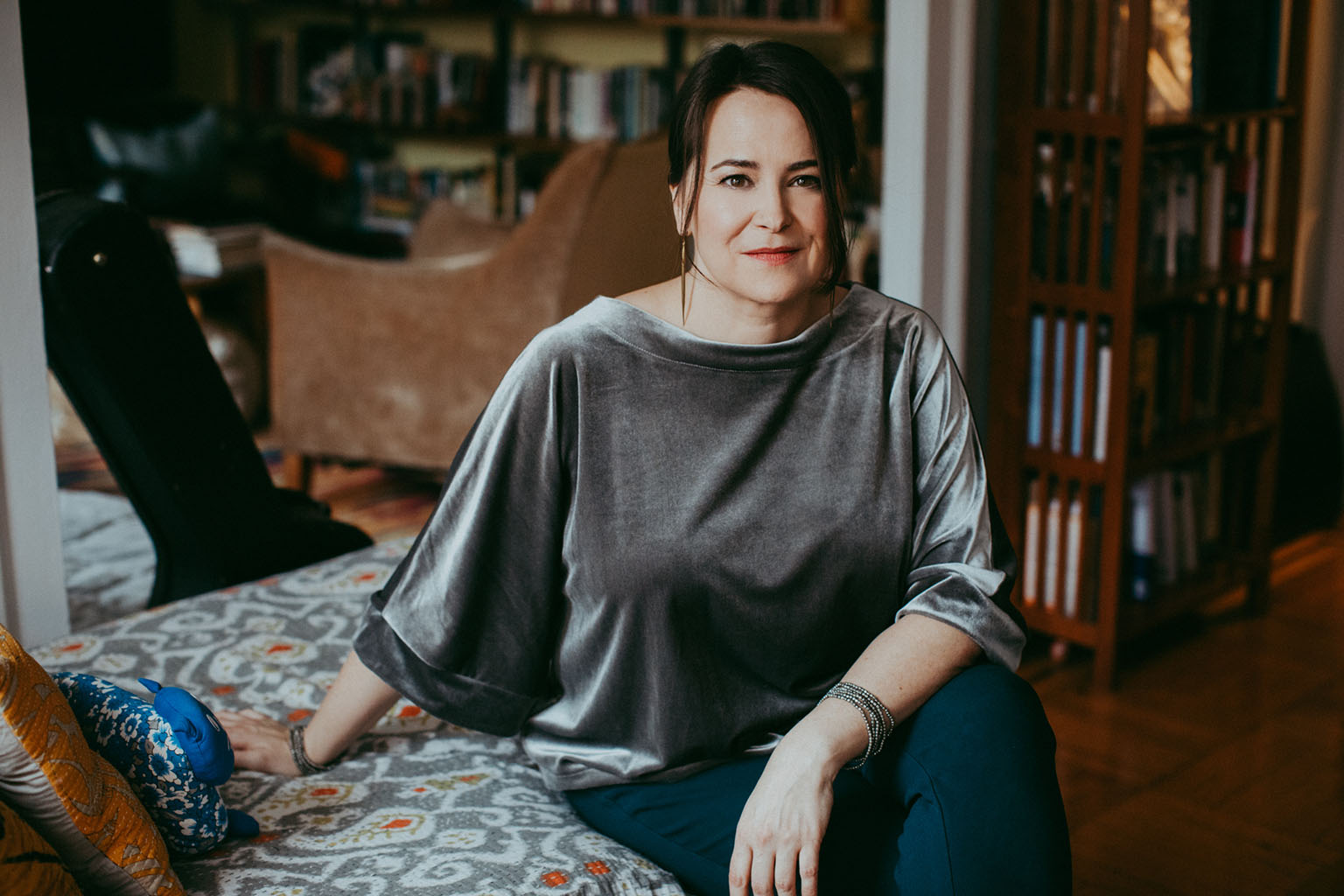Part book review, part impressionistic scribblings on the joys of reading and the struggles of carving out time in which to do it,
#ABookishYear is a weekly dispatch from the front lines of an intellectual journey spanning fifty-two tomes.
The Secret of the Attic
By Roxanne Fequiere
Published in 1995, The Secret of the Attic reads like a self-conscious mashup of The Baby-Sitters Club and the American Girl books. There’s an idyllic suburban neighborhood with a built-in set of young neighbors-turned-best friends, a light smattering of cultural diversity that can provide light plot tension in pinch, and a means by which the characters can be transported to a different era in every subsequent book, therefore allowing for some historical elements to be sprinkled into each character’s narrative.
As someone who grew up reading both those series in the ’90s, the heavy-handed elements of both are hard to ignore. (Some light Googling confirmed my suspicions that this positioning was intentional, too—each Magic Attic Club character had her own doll and several book-related outfits to choose from.) As someone who read The Secret of the Attic for the first time as a grown woman, however, I do wonder if my younger self would have cared.
“I couldn’t help but to read The Secret of the Attic with a critical eye.”
The way I loved clothing as a child (and still do), I imagine I would have been charmed by the way playing dress-up with vintage clothing led to a journey into the past—not to mention the way each girl tends to wear one color from head to toe, like members of a pre-teen girl group. Meanwhile, my mother wasn’t buying me any dolls in the $60-80 range anyway, so it’s not like I would have had to pledge doll allegiance to one or the other. I’m sure I would have been perfectly content to devour the Magic Attic Club series like I did so many other potentially questionable series.
And yet, I couldn’t help but to read The Secret of the Attic with a critical eye. What I may or may not have made of it as a child is mostly irrelevant now; would I suggest it to a daughter, if I had one? My instincts tell me no. It’s not there’s anything particularly problematic within its pages, aside from the fact that four young girls accept a strange old woman’s invitation to go upstairs and play in her attic on the same day they meet her for the first time. The thing that irritated me most were the cloying ways in which difference and inclusion were treated, especially within the bounds of a fairly fantastical tale that didn’t need it in the first place and clearly didn’t really want to engage with it.
“Why create a Kwanzaa-celebrating Black character named Keisha at all if there’s no attempt to grapple with what it would mean for her to travel back in time?”
New girl Heather spends much of the book with her stomach tied up in knots for unknown reasons regarding a Christmas tree decorating party. Later, when she’s unable to sing along during a spontaneous “Deck the Halls” performance, she admits that she’s Jewish. “It’s not like it’s a secret or anything,” she clarifies once the truth is out. “Sometimes it’s hard, though, being different.” In response to this statement, I kid you not, one of the white characters responds: “We’re all different, in case you didn’t notice,” while “waving the ends of her reddish-blond hair as a reminder.” Before my eyes had even made their full rolling rounds, I turned the page to find Keisha, the one black character, saying “Different strokes for different folks” before revealing that her family celebrates Kwanzaa—because of course they do.
This conversation takes place in the midst of a journey to the past, specifically the 1930s. When these girls pop up unexpectedly in a bustling house they’ve never seen before, they’re all welcomed like esteemed guests, which seems unlikely, especially for a little Black girl named Keisha. Why engage with race and culture at all if it’s only to provide some pat reassurance that we’re all different and that’s just fine? Why create a Kwanzaa-celebrating Black character named Keisha at all if there’s no attempt to grapple with what it would mean for her to travel back in time?
Writing this complaint down feels like engaging in what may be some unnecessary intellectualizing, but young children can’t choose to read with or without their critical lenses on. I don’t think it’s unreasonable to expect nuance and care to be present in books marketed towards them. Then again, perhaps it is unreasonable to expect those things from a book series meant to help a doll company capitalize on what they saw was a gap in the market. Cute concept, middling execution.
Featured Books
Roxanne Fequiere is a New York–based writer and editor who might just make it after all.
Return to
FEATURED INTERVIEWS









